How to sharpen a spade – 5 fast steps for a better and quicker dig
Gardening pros reveal how to sharpen a spade for easier digging in the spring
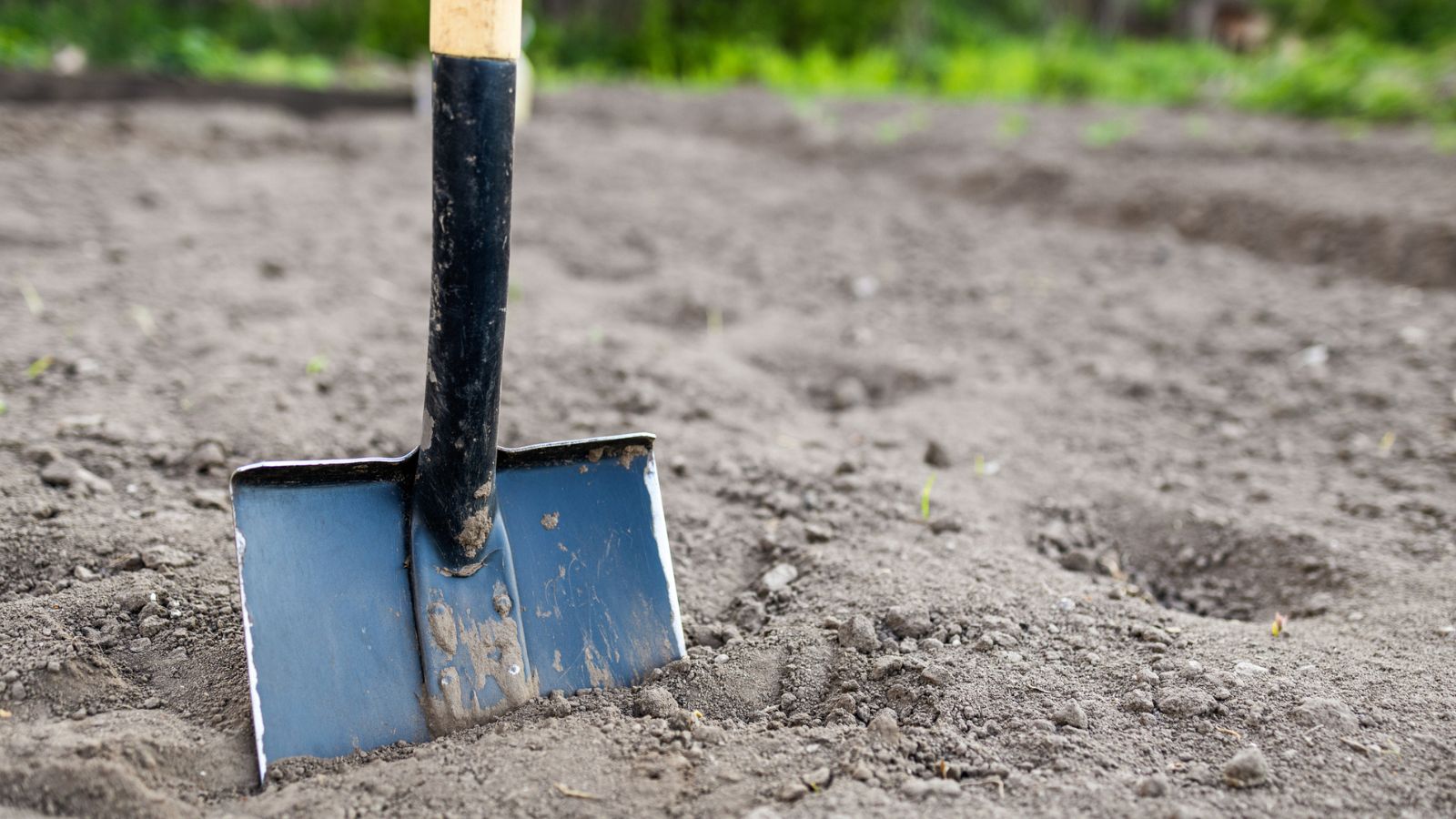

Spades are among the most crucial gardening tools. Without a spade, you can't dig, and if you can't dig you can grow very little
However, if you don't sharpen your spade, you could be working against yourself. Spades need to be sharp to cut effectively. If your spade is dull, it can make cutting and digging much harder on your back, and crush turf and roots rather than cut cleanly through them.
I spoke to three turf specialists for their advice about sharpening a spade. They gave me five fast steps that will help you revitalize this essential gardening tool to its former glory.
1. Clean your spade
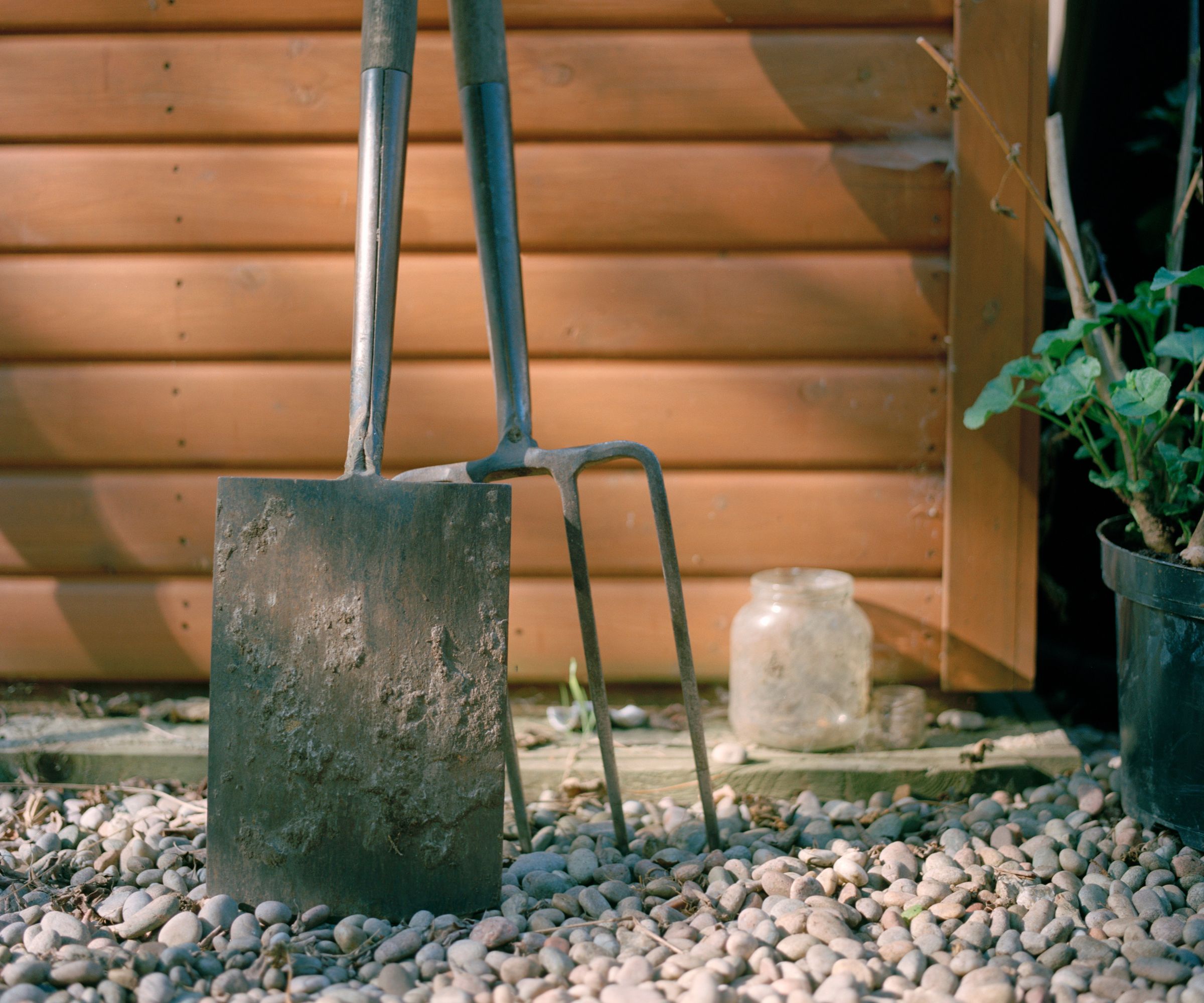
First of all, you need to clean the spade. Lawncare expert Jeremy Yamaguchi explains that 'You should always clean your spade before sharpening it, which includes removing rust. If there is dirt or debris caked on, you’re not going to be able to get an even, effective sharpening.'
Lawn pro Ryan Farley agrees, and says 'I always recommend cleaning any gardening tool) before sharpening it. This is the best way to get an idea of how much sharpening your spade actually needs, since mud, dirt, and other debris can often make this harder to tell.'
Thankfully, this is a simple process. Lawncare expert Chrissie Handley told me 'Excess soil and dirt can be cleared by using a wire brush and you can then hose down the spade if needed.' Wire brushes are easy to find at Home Depot and other hardware stores.

Jeremy is a gardening expert who advises on a range of gardening matters. As the CEO of Lawn Love, Jeremy helps homeowners find quality, reliable lawn care.

Chrissie Handley is Lawn Care Specialist providing tailored advice on laying, maintenance and general lawn care for Online Turf.

Ryan Farley is the CEO of LawnStarter, a lawn care service founded in 2013 and based in Austin, Texas.
2. Clamp the spade
Once the spade is clean, you need to secure it for sharpening. Jeremy Yamaguchi suggests 'Use a clamp or a vice to stabilize and secure the spade for sharpening. Secure it horizontally, with the front of the blade facing upwards'
Chrissie Handley agrees, telling me to 'Use either a clamp or vice as long your spade is secured in its place with the cutting edge facing up - this is to ensure your spade is stable and safe for sharpening.'
If you don't have a clamp, vice, or work table, hold the spade down on a garden table or bench - but be sure to keep it secure, as this method isn't as safe as using a clamp.
3. Use a file, grinder, or sharpening stone
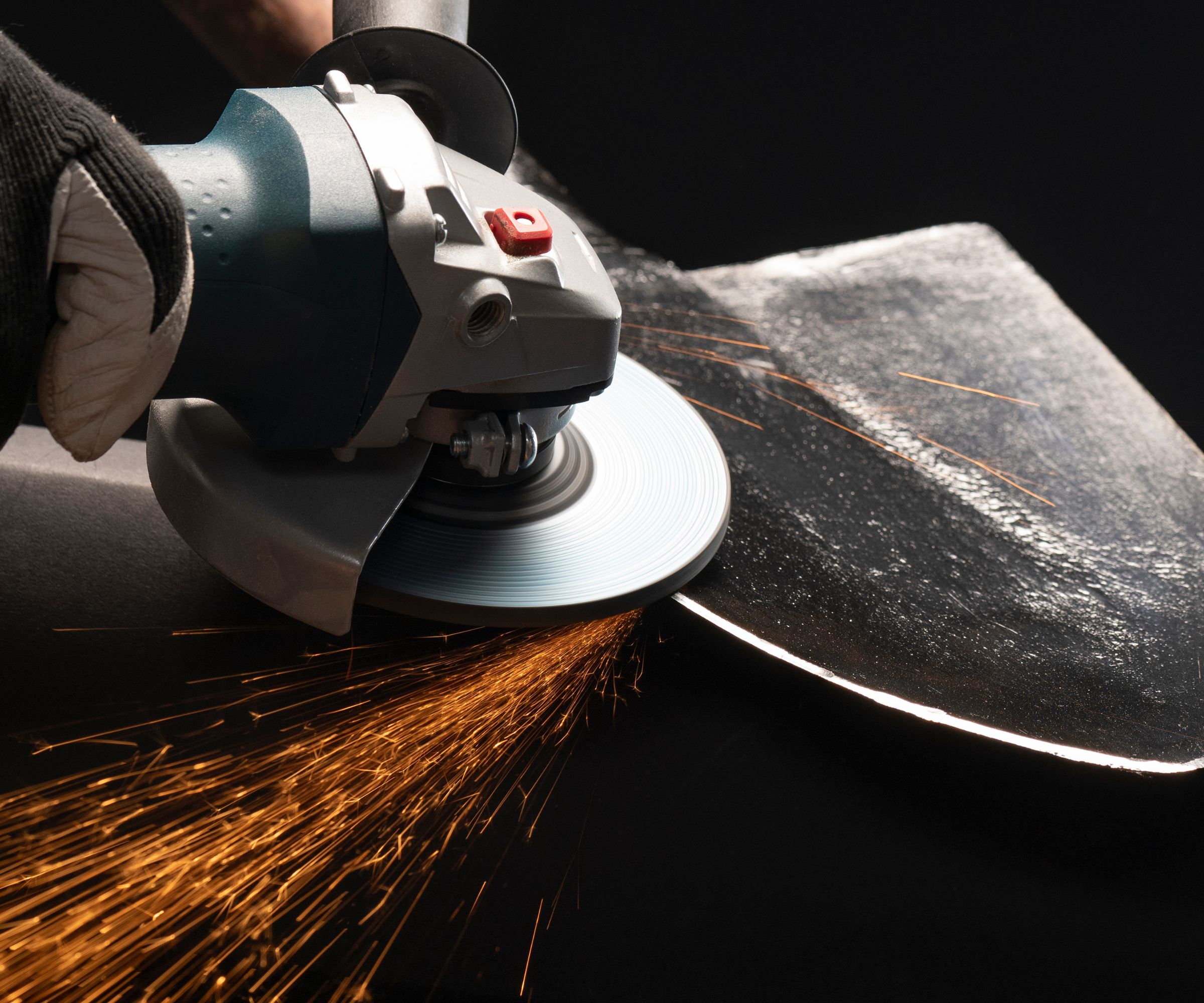
The good news is that you don't need any particular tool for sharpening. Chrissie Handley says 'in my opinion, diamond-coated files perform best.' Diamond files are easy to find at Amazon, but they aren't your only option.
Ryan Farley says 'If you already have something like an electric grinder, I’ve had good luck using these for sharpening – if you don’t, a simple file will do the job just fine.'
However, Jeremy Yamaguchi warns that 'You can use a file or grinder to sharpen it, but make sure that if you use a grinder you are wearing goggles and gloves for safety.'
4. Sharpen the edge
With the spade prepared, you just need to sharpen it. Chrissie Handley says 'Use either a metal file or grinder, holding it at an angle of approximately 30–45 degrees, and work along the edge with controlled strokes in one direction. If using a grinder, it is important to make gentle passes and avoid overheating the metal by pausing frequently.'
Then, flip the spade over and repeat the process along the front edge. You don't need to sharpen the sides. Chrissie explains that 'Sharpening the side of a spade is unnecessary since only the front and back edges of a spade are usually used for cutting.'
However, she says that 'If you often use the sides of your spade to cut sideways and find them particularly dull, it might be worth sharpening them. The process would be exactly the same as that used for the front and back edges.'
After a few passes, you'll have a sharp spade. It shouldn't be knife-sharp, but you should be able to see a keen edge. Chrissie adds that 'Once the edge is evenly sharpened, you can smooth out any rough spots with fine sandpaper or a sharpening stone. You can then test the sharpness by pressing the edge against a piece of wood or soft material to ensure it cuts easily.'
5. Add oil to finish
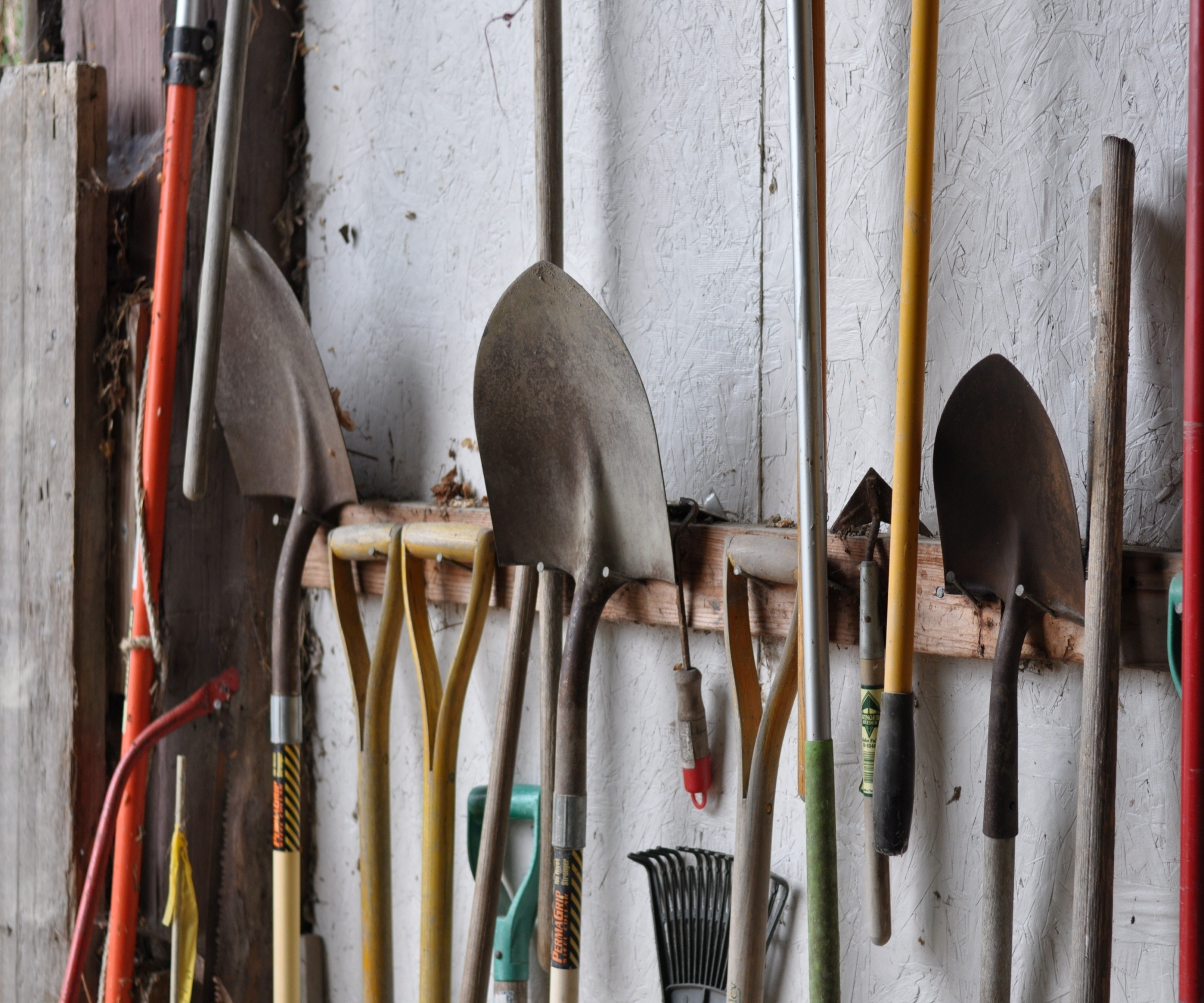
With the spade sharpened, you need to finish it off with some oil. Oiling garden tools is essential for protecting them from rust and dirt. Chrissie Handley says 'Once you have sharpened your spade, take a cloth, saturate it with oil, and apply a thin layer to your spade. For the metal parts, most people use a multipurpose rust protector oil, whilst boiled linseed oil is a popular choice for the wooden handle.
Ryan Farley agrees, and says 'I always recommend finishing up with a coat of linseed oil on both the wooden and the metal parts of your spade, since it will help protect your tools and keep them in good working condition for longer.'
However, don't use your spade straight away. Chrissie warns that 'You should allow the oil to dry completely before using the spade, which usually takes around 24 hours.'
FAQs
How often do you need to sharpen a spade?
Thankfully, you don't need to sharpen your spade too often. Jeremy Yamaguchi says that 'Spades generally only need to be sharpened once or twice a year.' If you notice that the blade has dulled or that it's harder to cut into turf, give your spade a sharpen.
Spades aren't the only tool that could benefit from sharpening. Learning how to sharpen your pruning shears and lawn mower blades will ensure clean, neat cuts as gardening tasks ramp up again.
Sign up to the Homes & Gardens newsletter
Design expertise in your inbox – from inspiring decorating ideas and beautiful celebrity homes to practical gardening advice and shopping round-ups.

As a gardens and lifestyle contributor, Alex makes sure readers find the right information to help them make the best purchase. Alex got his start in reviewing at the iconic Good Housekeeping Institute, testing a wide range of household products and appliances. He then moved to BBC Gardeners’ World Magazine, assessing gardening tools, machinery, and wildlife products.
-
 Using my Iranian grandma's fridge trick keeps my crisper drawer pristine – and fresh produce lasts twice as long
Using my Iranian grandma's fridge trick keeps my crisper drawer pristine – and fresh produce lasts twice as longIt's amazing how a simple tweak can make such a big difference
By Punteha van Terheyden
-
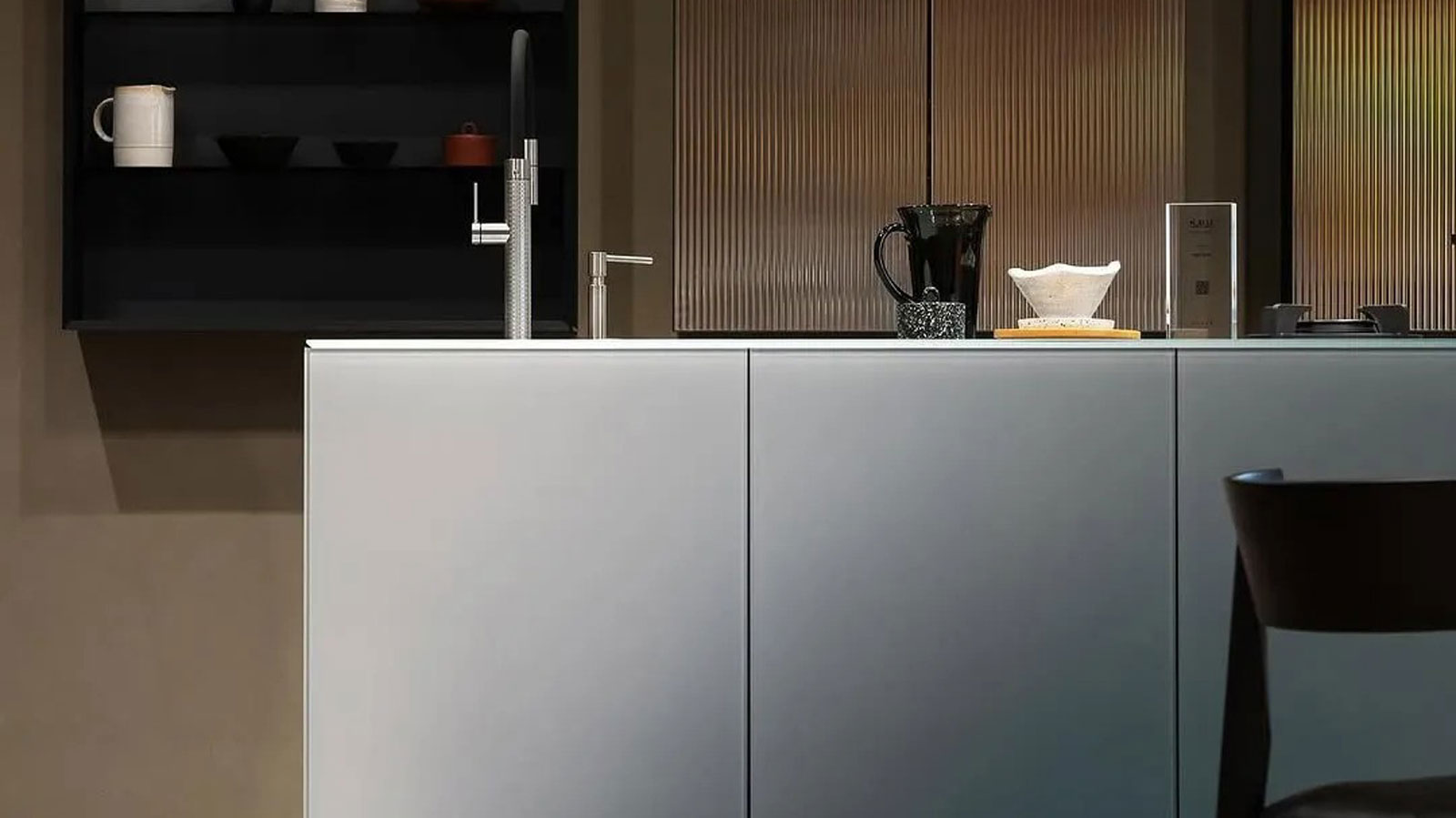 This decorative kitchen innovation – inspired by a 2000s color trend – will reshape kitchen design in 2026
This decorative kitchen innovation – inspired by a 2000s color trend – will reshape kitchen design in 2026This ombre kitchen finish caught our attention at the Milan Design Week – here's why we think it will rewrite decorative kitchen design in the future
By Jennifer Ebert